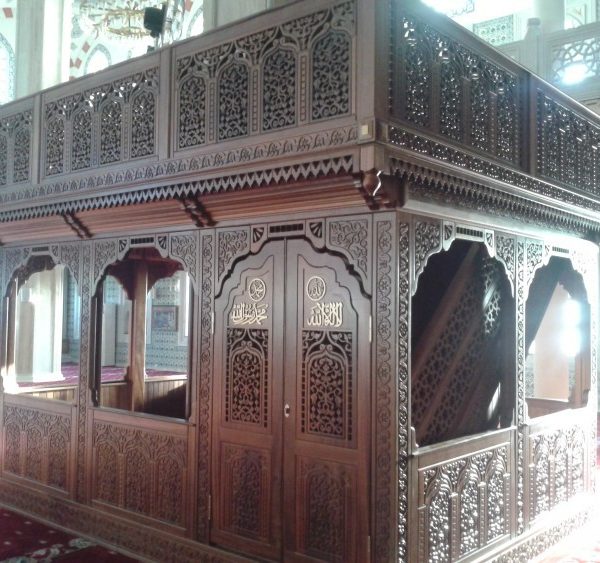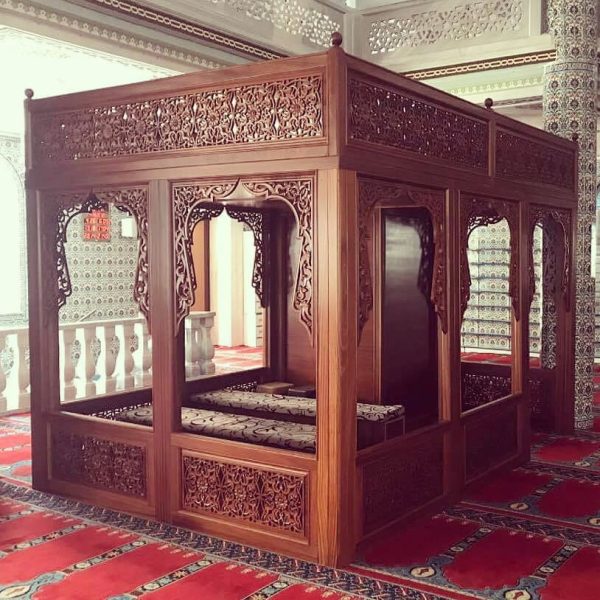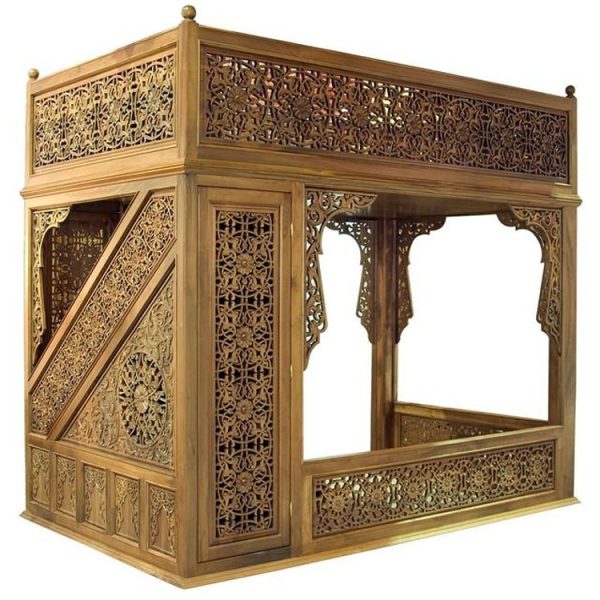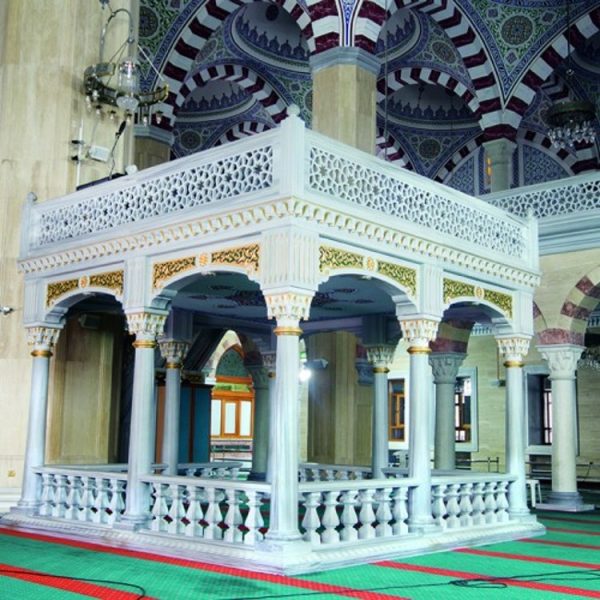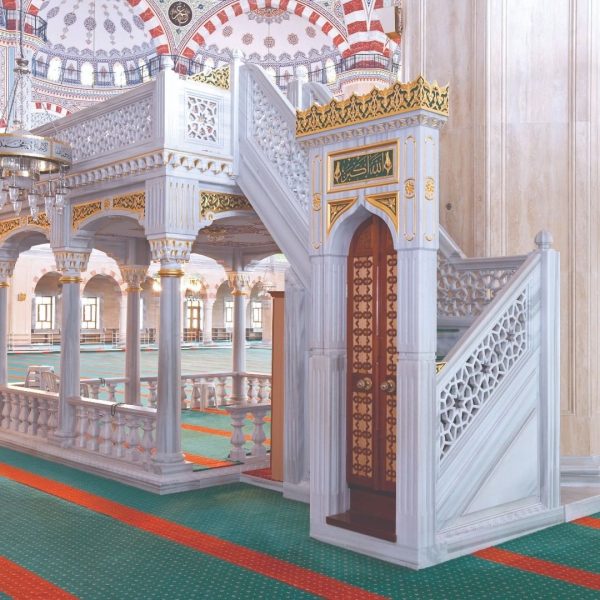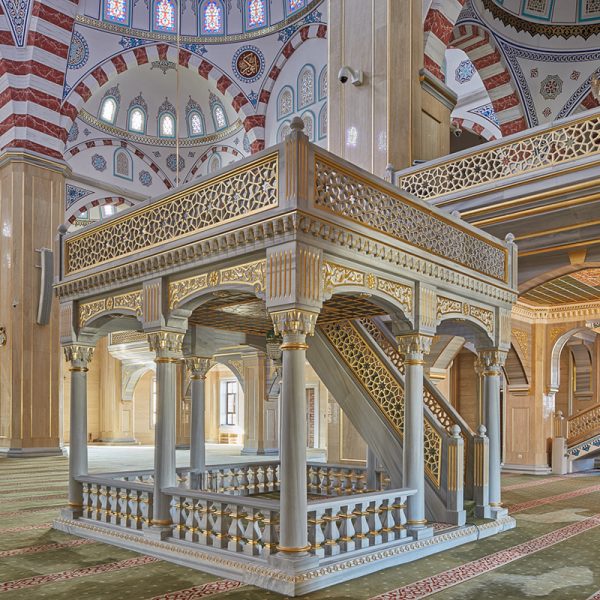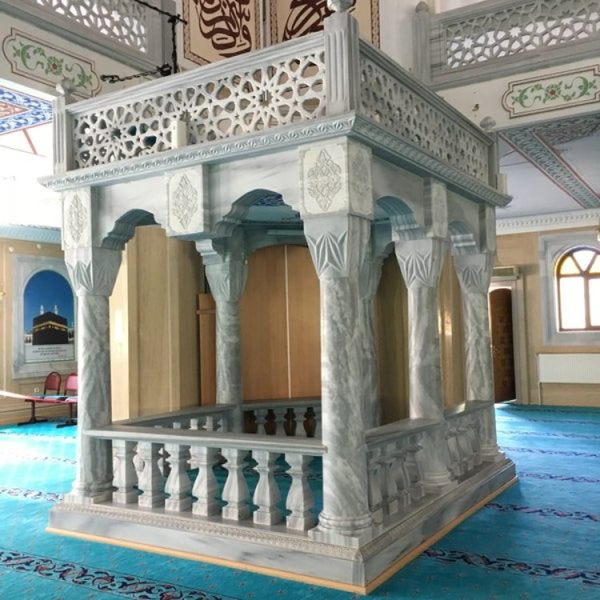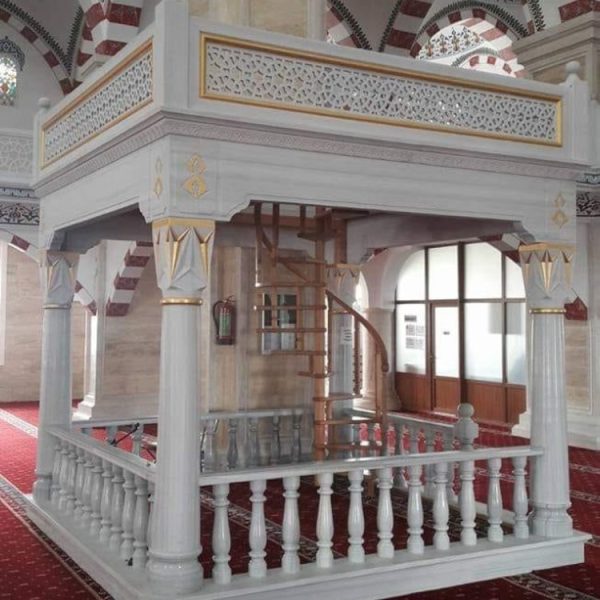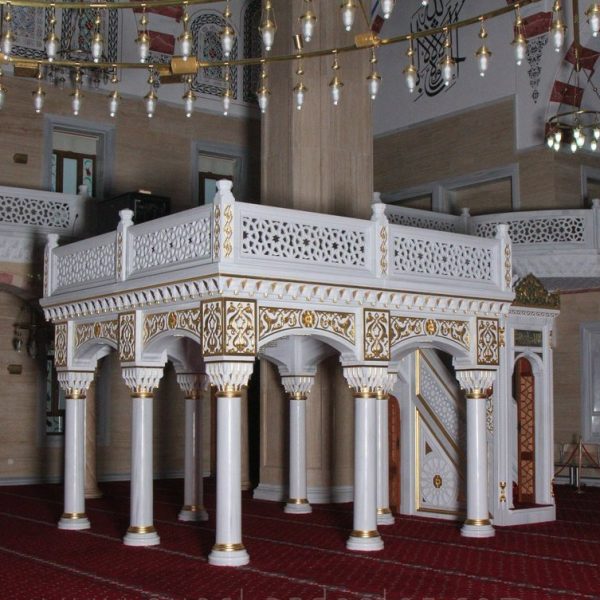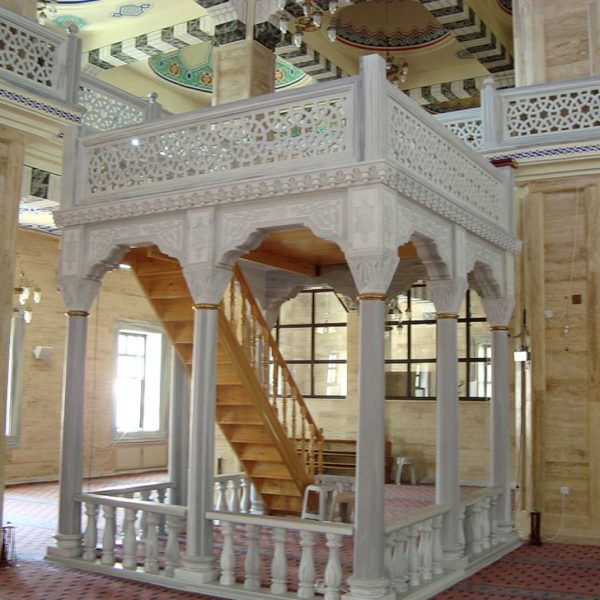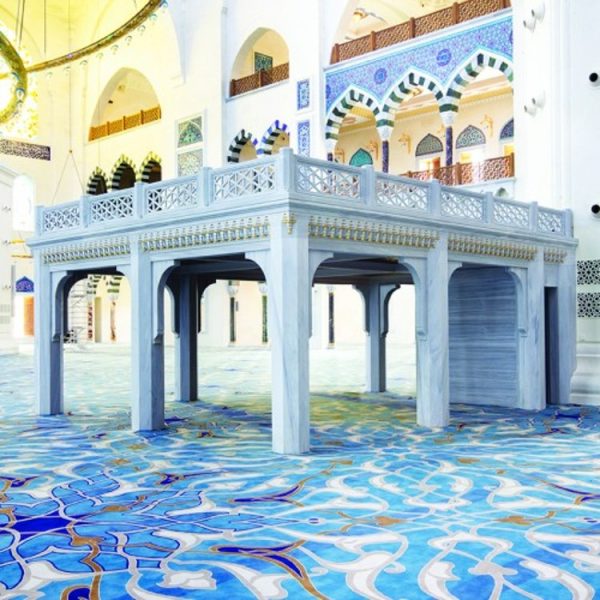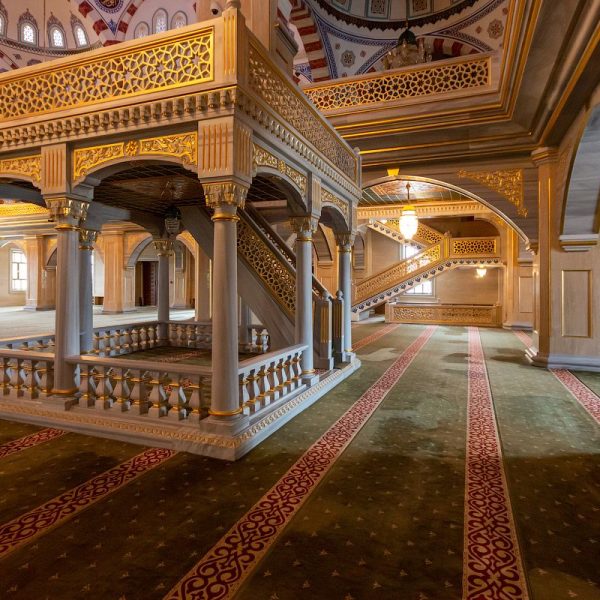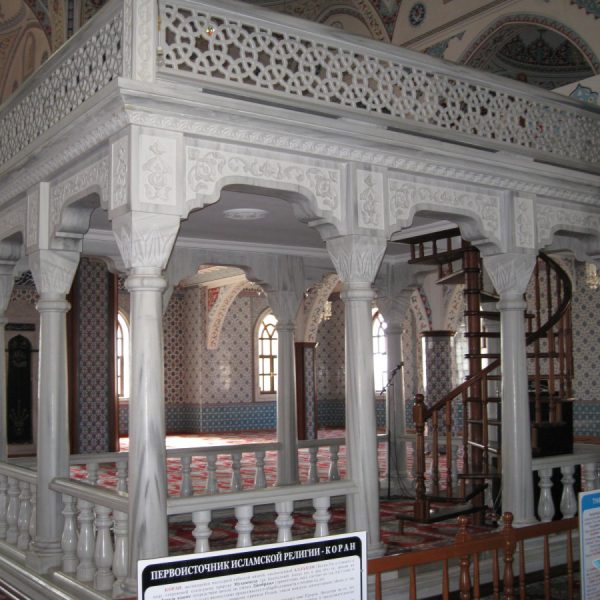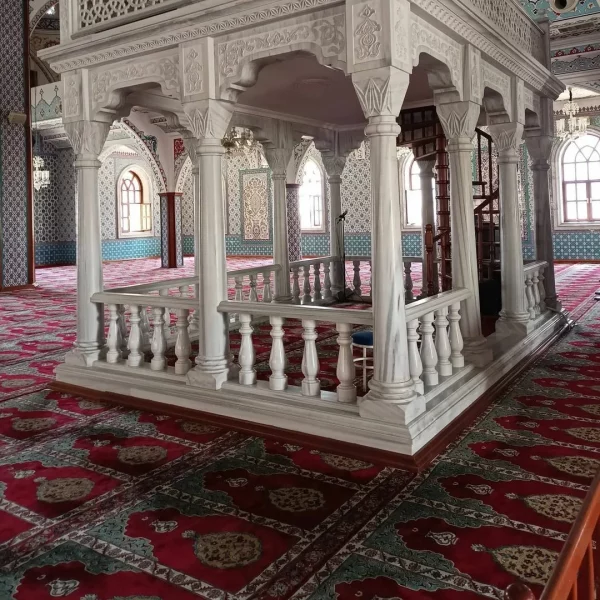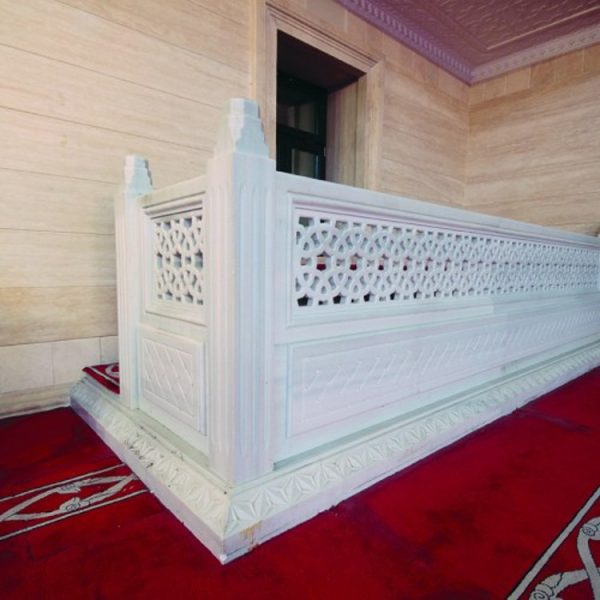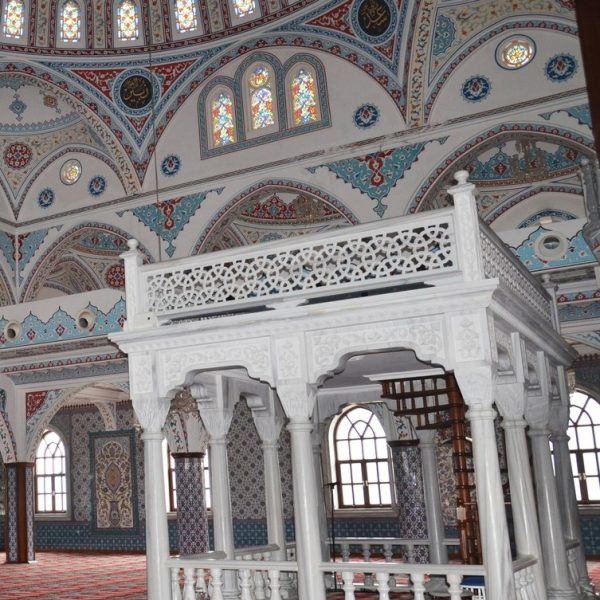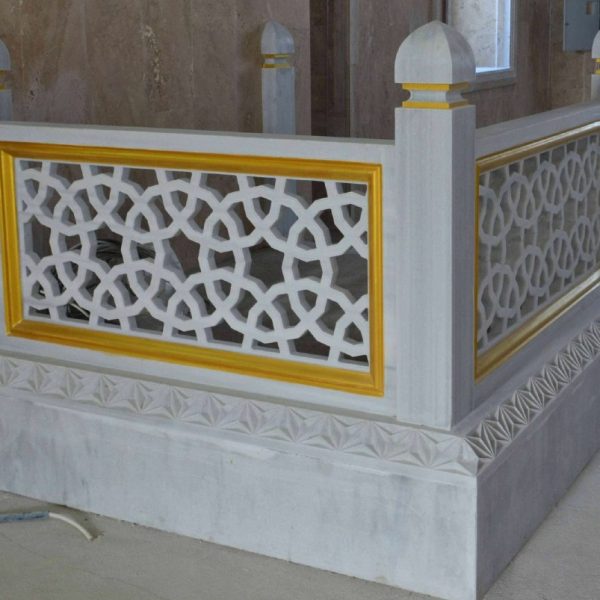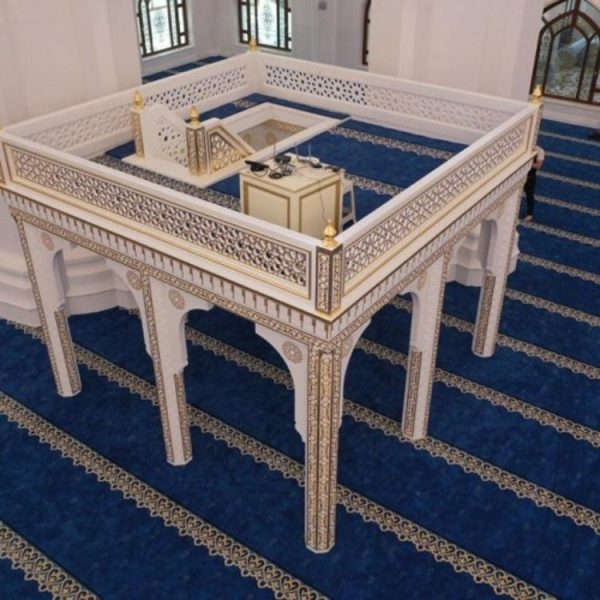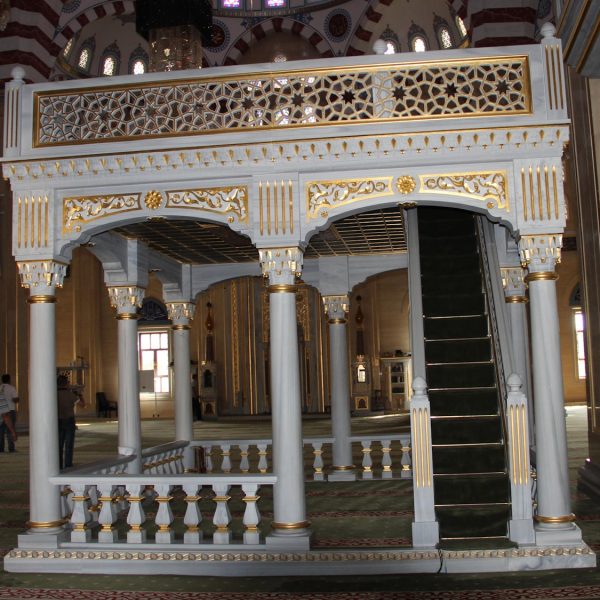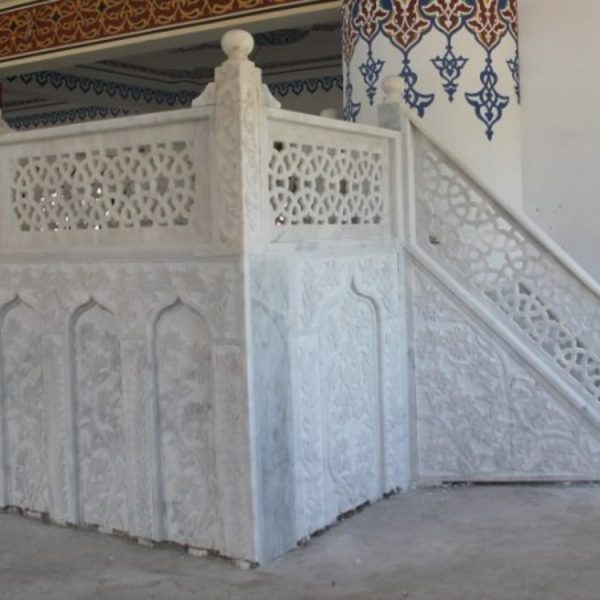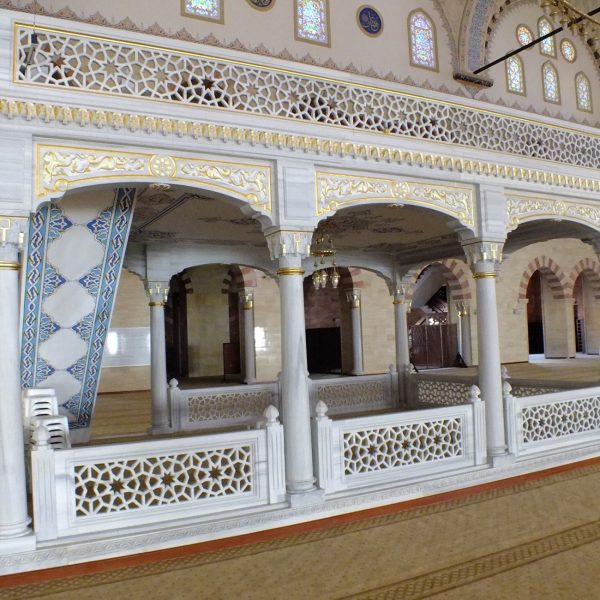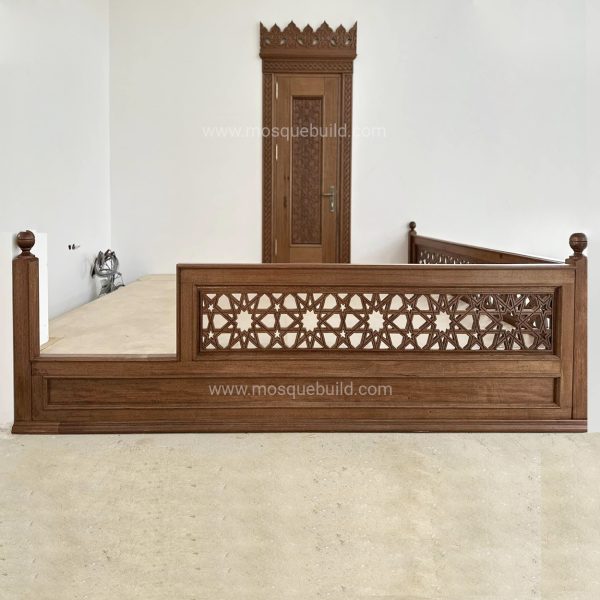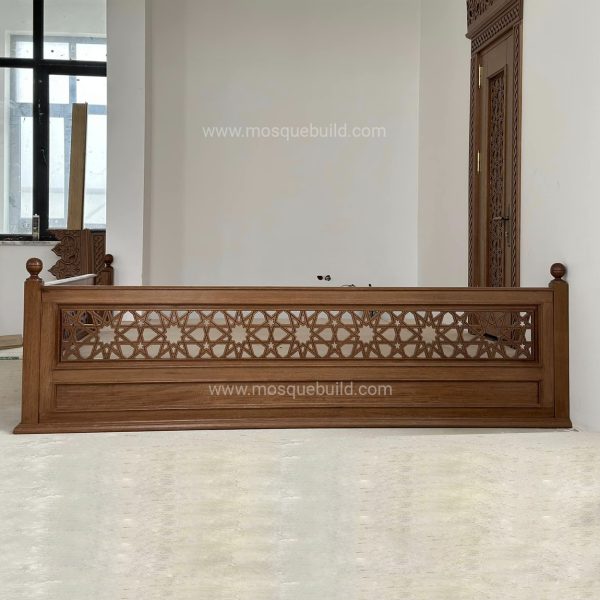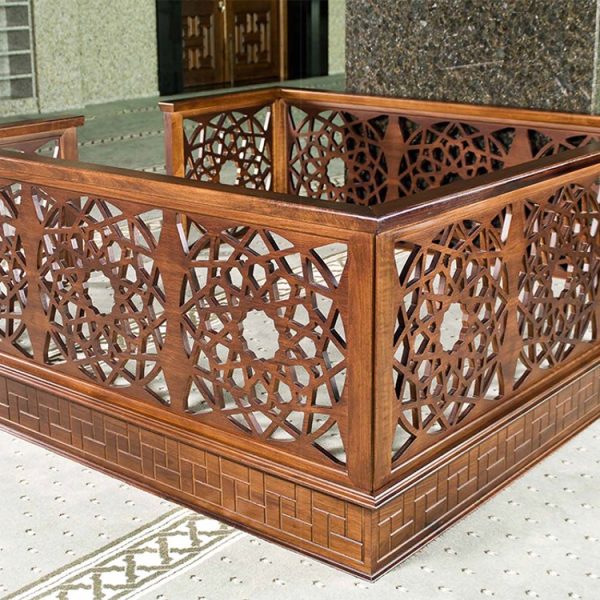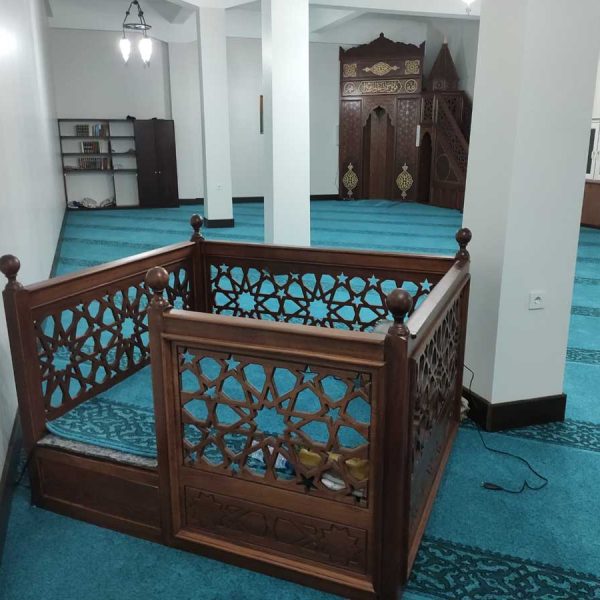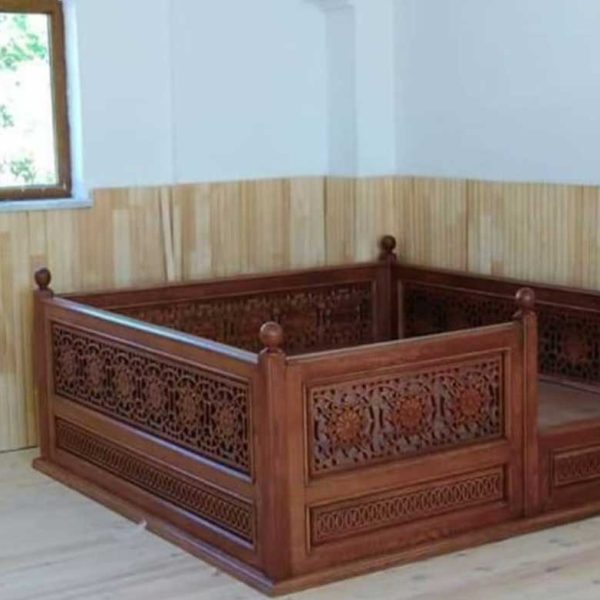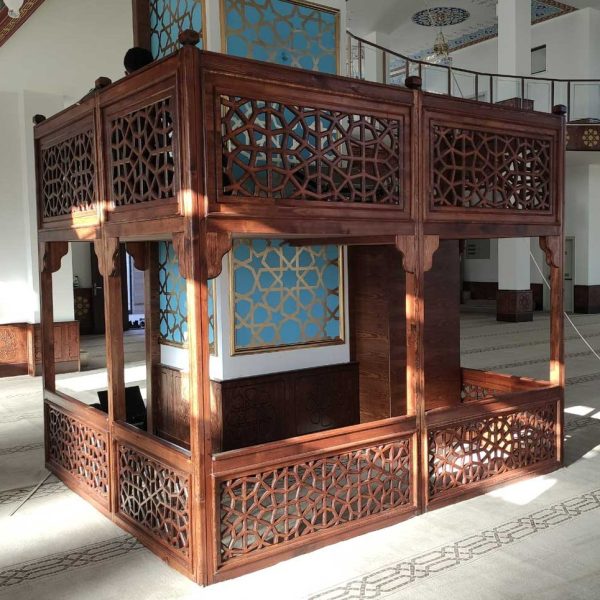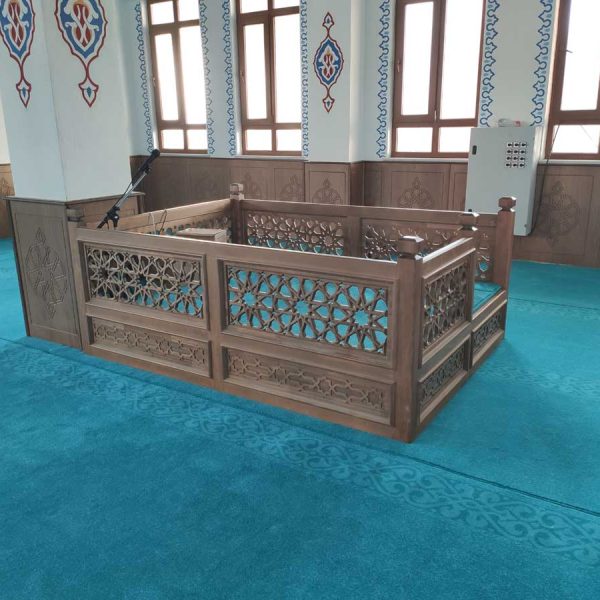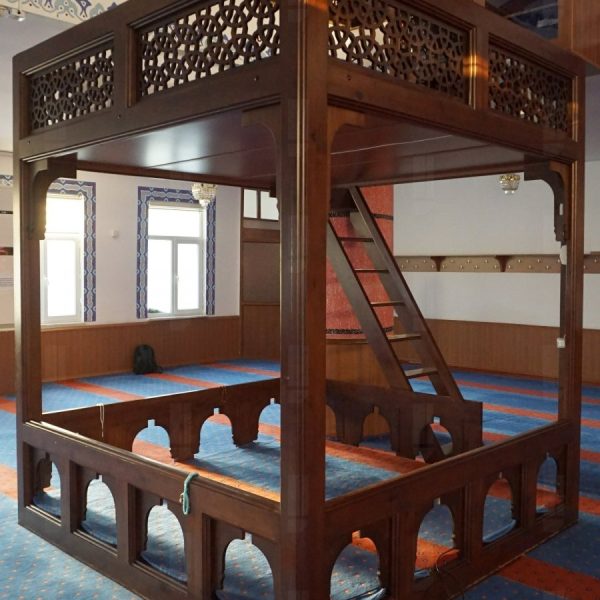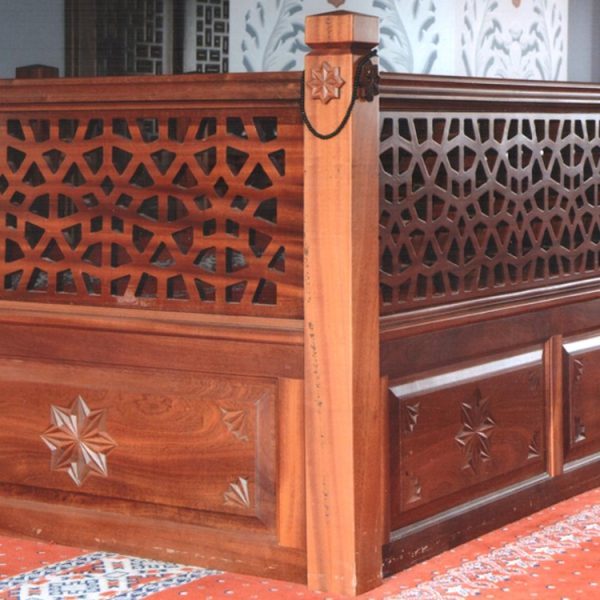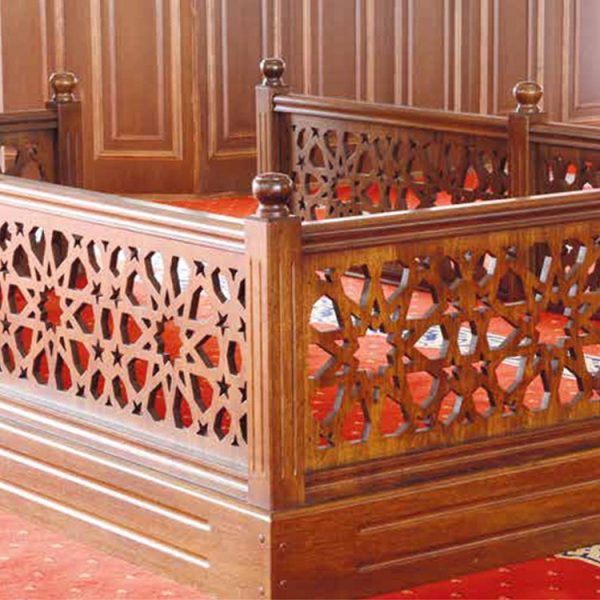Muezzin Place—the raised, railing-enclosed platform in mosques—ensures muezzins are seen and heard clearly, blending function with sacred architectural elegance.
Mosque Muezzin Place: A Sacred Calling Platform
A Muezzin Place—also known as the muezzin's loge or müezzin mahfili—is a specifically designed, elevated platform in mosques where the muezzin stands to deliver the second call to prayer (iqama), recite the Quran, or respond to the imam’s prayers VikipediVikipedi. This unique structure unites practical function with spiritual tradition, allowing worshippers to see and hear the call clearly.
Architectural and Historical Significance
Most often found in larger mosques, the mosque muezzin place is typically placed opposite the minbar and may be freestanding or attached to pillars or walls VikipediAcademic Dictionaries and Encyclopedias. In Ottoman architecture—such as in Edirne’s Selimiye Mosque—the müezzin mahfili is centrally located under the dome and supported by columns, providing both excellent acoustics and visual prominence Vikipedi. These platforms are often ornate, crafted in marble or richly carved wood, showcasing the period’s artistry.
Functionality and Spiritual Atmosphere
Beyond aesthetics, the muezzin place has a critical functional role. When large congregations gather, it ensures the muezzin can be seen and heard by worshippers throughout the hall, creating a unified spiritual experience Vikipedimosquebuild.com. The design—whether carved wood or stone—adds architectural rhythm and reinforces the mosque’s devotional ambiance.
Cultural Legacy and Modern Relevance
Through centuries, the mosque muezzin place remains an enduring symbol of Islamic tradition, preserving both the aesthetic and ceremonial importance of the muezzin’s role. Whether in historic Ottoman structures or contemporary masjid designs, the Muezzin Place continues to uphold its sacred significance while blending harmoniously with mosque architecture.














